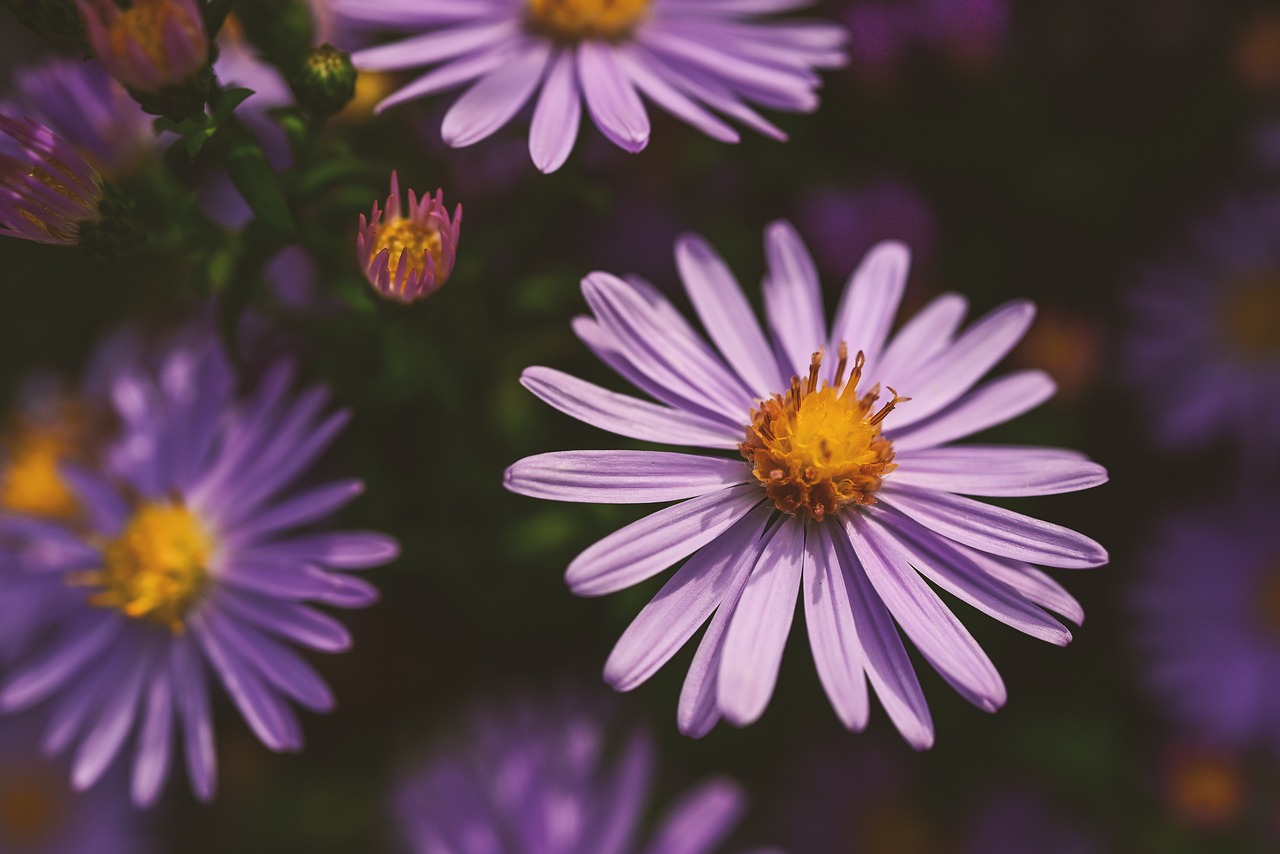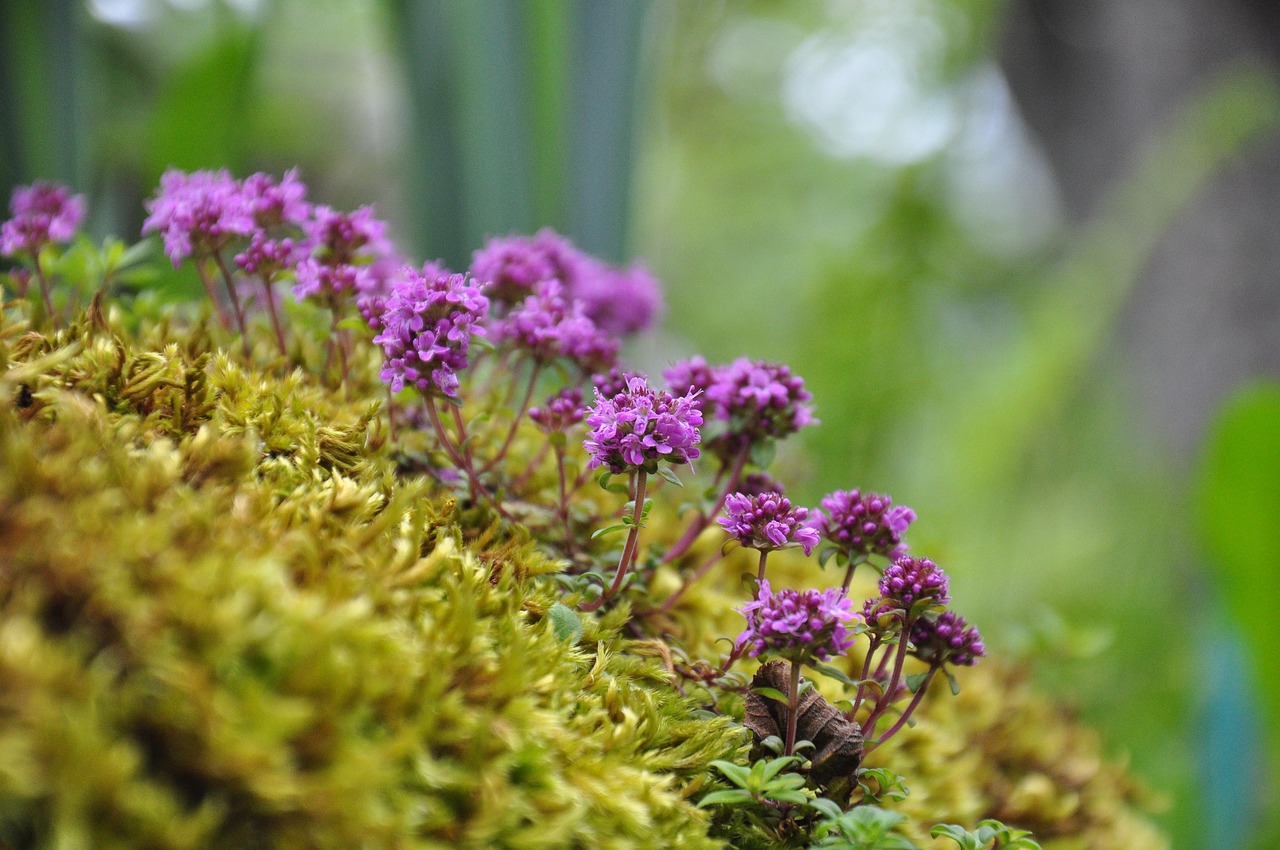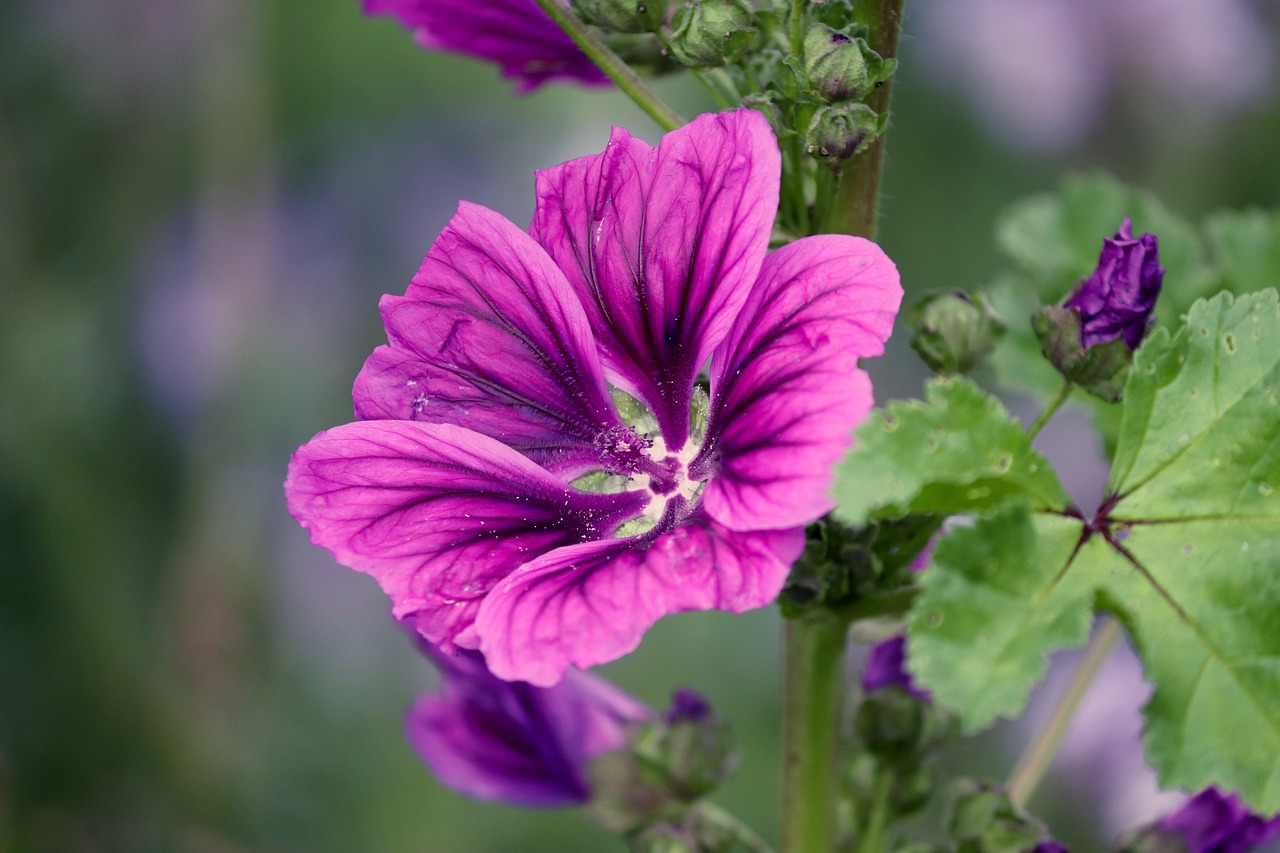Chinese Lantern Plant | The Red Lantern of Obon
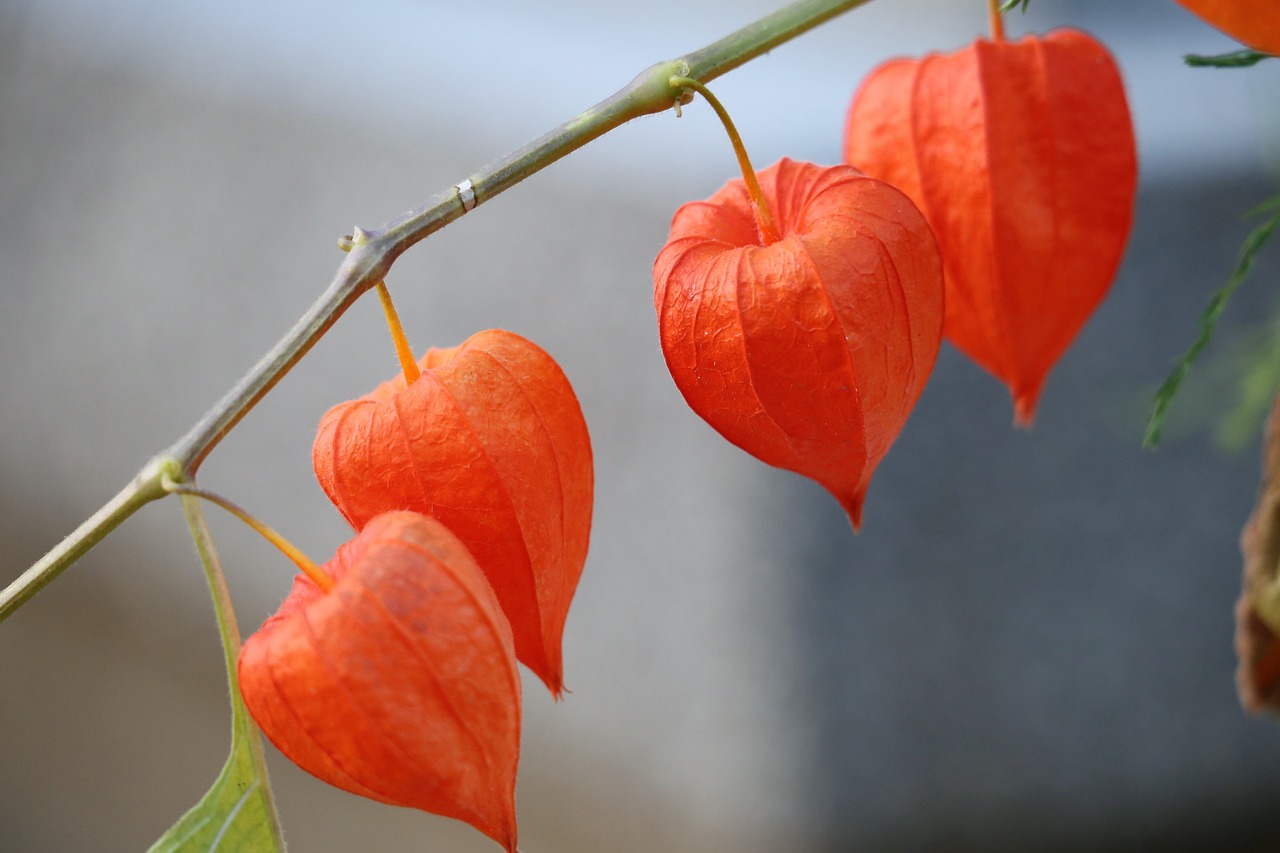
The Chinese Lantern Plant (Physalis alkekengi var. franchetii), known as hōzuki in Japanese, is a perennial herb notable for its lantern-shaped calyx and its vivid red and orange colors. Because of its unique appearance, it has long been cherished as an ornamental plant.
In this article, I will explain in detail the basic information, cultural and historical significance, and cultivation tips for the Chinese Lantern Plant.
Basic Information
- Scientific name: Physalis alkekengi var. franchetii
- Family: Solanaceae (Nightshade family)
- Origin: East Asia, Southern Europe
- Appearance: The plant grows to a height of about 50–80 cm, with upright stems. It produces small white flowers in summer, and in autumn the calyx swells into a lantern shape, enclosing a red fruit that contains seeds.
- Flowering and fruiting period: Flowers bloom from June to July, and the lantern-shaped fruits appear from August to October. As they ripen, the color changes to bright red or orange.
Cultural Significance Around the World
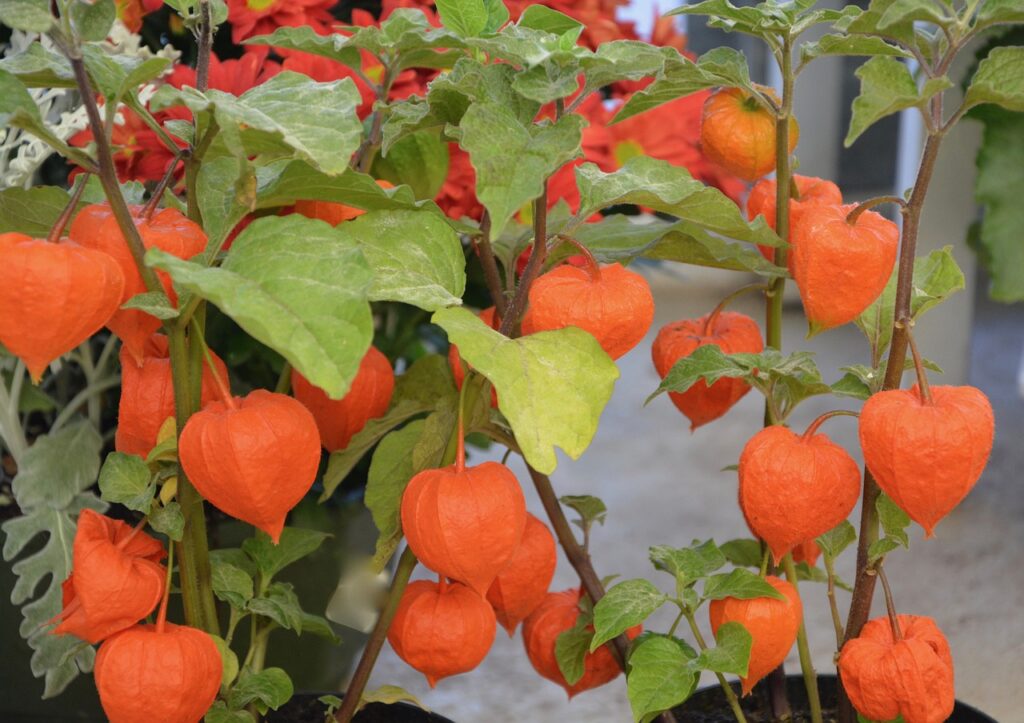
The Chinese Lantern Plant has played important cultural roles in Japan, China, and Europe.
In Japan, it is well known as an offering during the Obon Festival, serving as a symbolic lantern to guide ancestral spirits. The annual Hōzuki Market at Sensō-ji Temple in Asakusa is a beloved summer tradition.
In China, it is grown ornamentally in gardens and pots, where its red fruits symbolize prosperity and happiness.
In Europe, the plant is used in Christmas wreaths and autumn-winter decorations, valued for its vibrant seasonal colors.
Historical Background
The history of the Chinese Lantern Plant dates back to ancient times. Its distinctive shape and color have long inspired human imagination.
In Japan, it has appeared in literature and paintings since the Heian period, and was cultivated in gardens and temples.
During the Edo period, with the flourishing of horticultural culture, selective breeding advanced and the plant became widely popular.
In Europe, it was introduced in the 16th century as a medicinal plant, but its ornamental value soon gained recognition. Today, it continues to be featured in traditional events and artistic motifs, admired for its unique beauty.
Gardening Advice
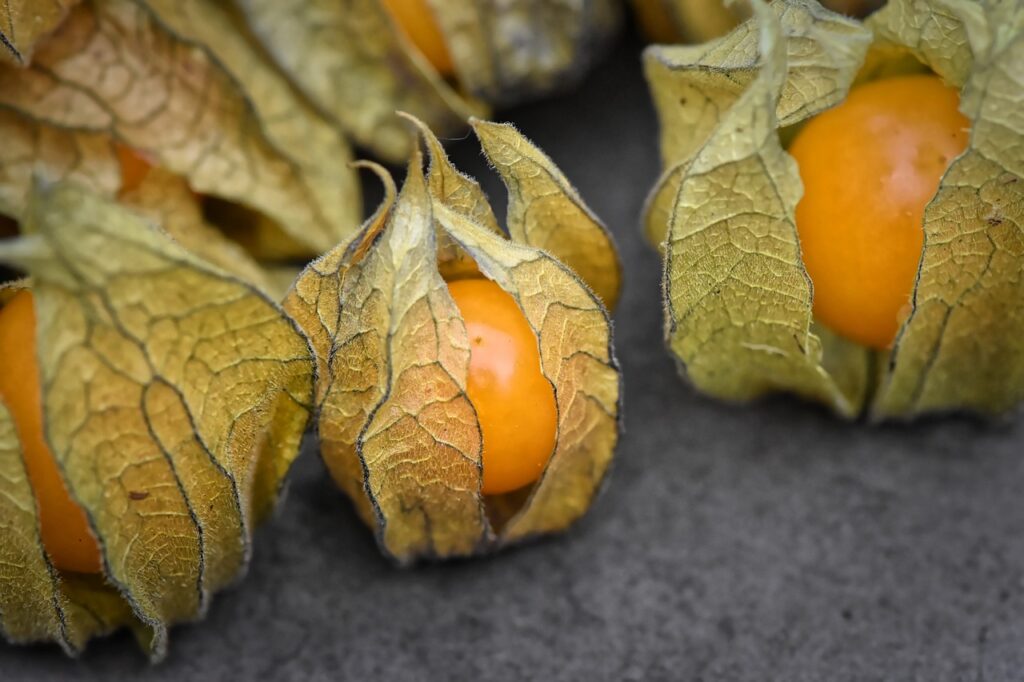
The Chinese Lantern Plant is hardy and easy to grow, but proper care ensures more vivid fruits.
Sunlight
Prefers sunny locations but also grows in partial shade. Full sun produces more vibrant fruits.
Watering
Water thoroughly when the surface soil dries. Avoid overwatering and ensure good drainage.
Soil
Prefers well-drained neutral to slightly acidic soil. Add compost or leaf mold when planting in the ground.
Fertilizer
Apply slow-release fertilizer in early spring. During the growing season, provide liquid fertilizer once a month, but avoid excess.
Pruning
After harvesting in autumn, cut back dead stems and leaves. Thin out crowded roots to prevent overgrowth.
Overwintering
The above-ground parts die back in winter, but the rhizomes survive. In cold regions, mulching provides winter protection.
Conclusion
The Chinese Lantern Plant is deeply rooted in Japanese and European culture and history. Its striking lantern-like fruits and vivid colors continue to enchant people around the world.
I recommend growing it in gardens or pots to enjoy its seasonal beauty.



